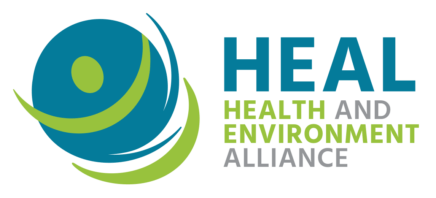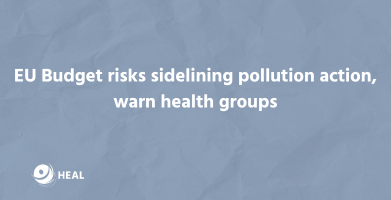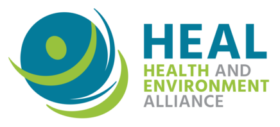In 2025, HEAL welcomed several new organisations into its international network of over 70 members committed to advancing health through environmental action. These new members bring valuable expertise in public health, environmental justice, and sustainable policy, further strengthening the capacity of the alliance to help face the challenges from biodiversity loss, pollution and climate change. Learn more about their missions and work below.
Last Friday, the European Commission’s Directorate-General for Internal Market, Industry, Entrepreneurship and SMEs (DG GROW) held a ‘Reality Check Workshop’ on the potential simplification of chemicals legislation. The legislations on the table: Cosmetics Products Regulation and the Regulation on Classification, Labelling and Packaging of chemicals (CLP). The presented proposals are very alarming: allowing carcinogenic substances more readily in cosmetics and personal care products and deleting the planned CLP update to make labelling in products more legible for consumers and workers.
Dr. Esther Smollich, Senior Science and Policy Officer, Health and Chemicals, at HEAL comments: “The EU has been lauded for having the most advanced chemicals legislation globally when it comes to protecting health – and now with this ‘reality check’ they want to retrograde? Specifically, the suggestion to more easily permit known carcinogens in personal care products, such as toothpaste and mouthwash, is unacceptable. The only reality check needed here: consumers should be able to have the highest level of trust in EU legislation on cosmetics and not worry about the presence of carcinogenic substances in their products. It is high time all EU chemicals legislation aligned with the objectives of Europe’s Beating Cancer Plan.”
Currently substances known to be carcinogenic, mutagenic, and toxic to reproduction (CMRs) must meet set criteria to be allowed for use in cosmetics and personal care products, and only under strictly defined and limited conditions. During the workshop, the European Commission presented a proposal to remove some of these criteria, which would make it easier to permit the use of CMRs in cosmetics and personal care products.
Further it was suggested to prohibit the use of these most harmful substances only if they are classified based on skin exposure, but not when they are known to be of harm through ingestion or inhalation. Especially when considering that the cosmetic legislation also covers products such as toothpaste and mouthwash, this is unacceptable and would lead to unnecessary exposure of children and adults to known CMRs.
DG GROW also presented proposals on deleting new formatting requirements of CLP, including minimum font sizes and line spacing to make labels easier to read, before they even have been applied. Hence, the current situation of having ambiguous provisions on the readability of labelling will continue, increasing the risk that consumers and workers remain unaware of which chemicals may be present in products and what hazards they may pose.
In the upcoming discussions HEAL urges Commissioners to ensure the chemicals omnibus does not erase the barriers placed specifically to protect people and the environment from harmful chemicals.
Notes
Earlier this year, HEAL was one of over 270 civil society organisations, trade unions, consumer groups, farmers organisations, civil rights groups, health and environmental organisations representing millions of citizens urging the EU Commission President to uphold rules that protect health, nature, climate and warning about the risks of misguided simplification.



